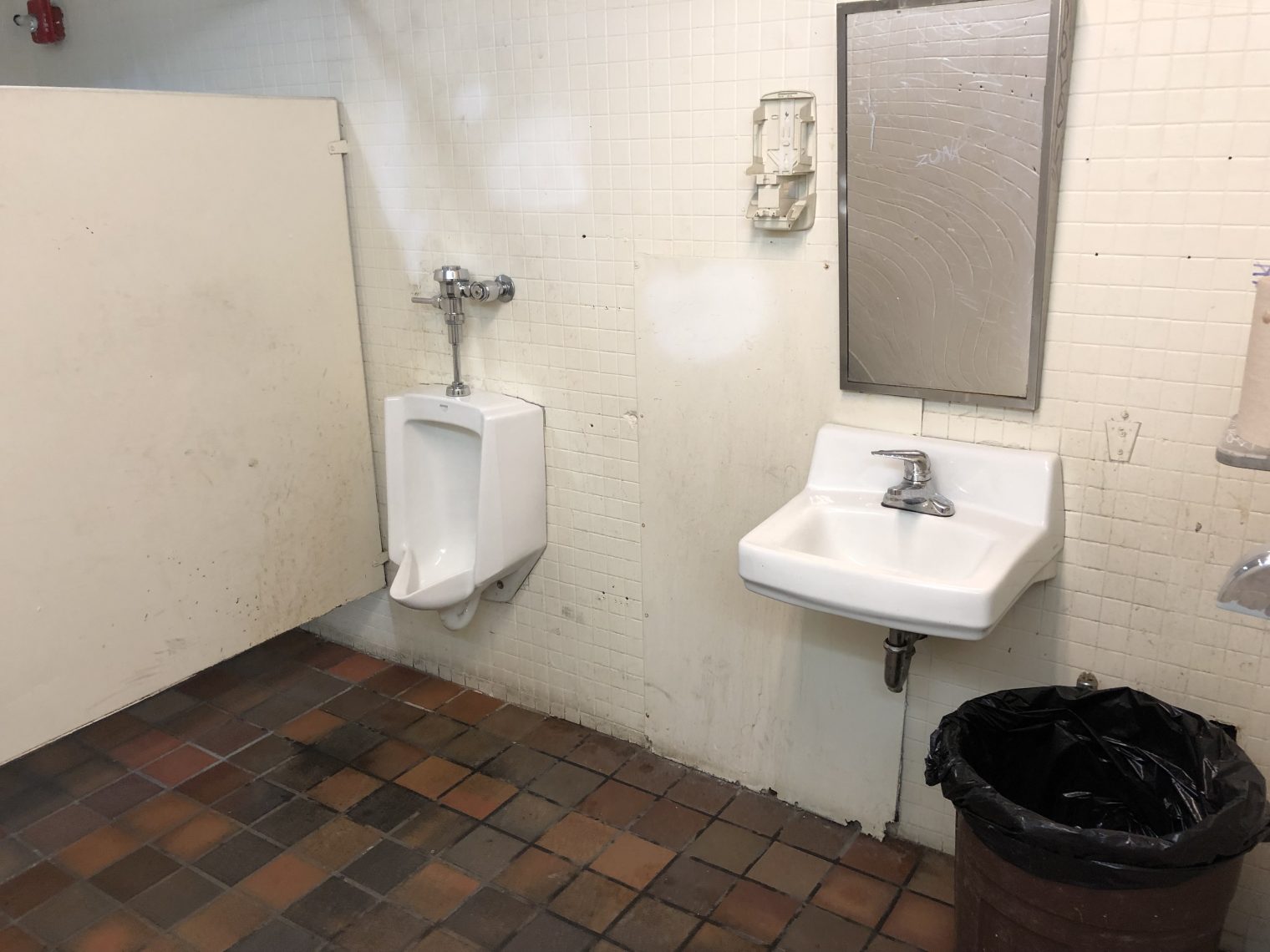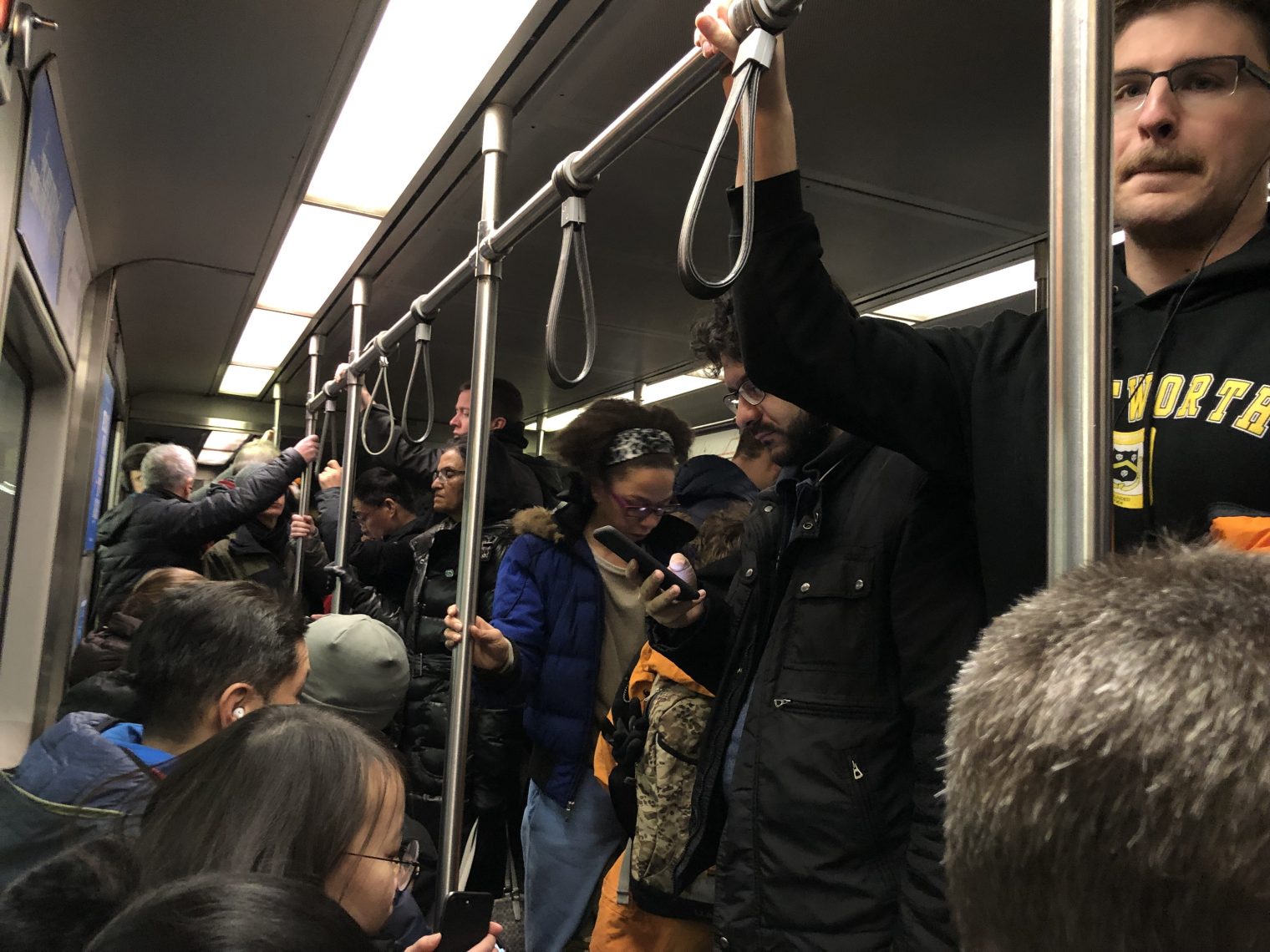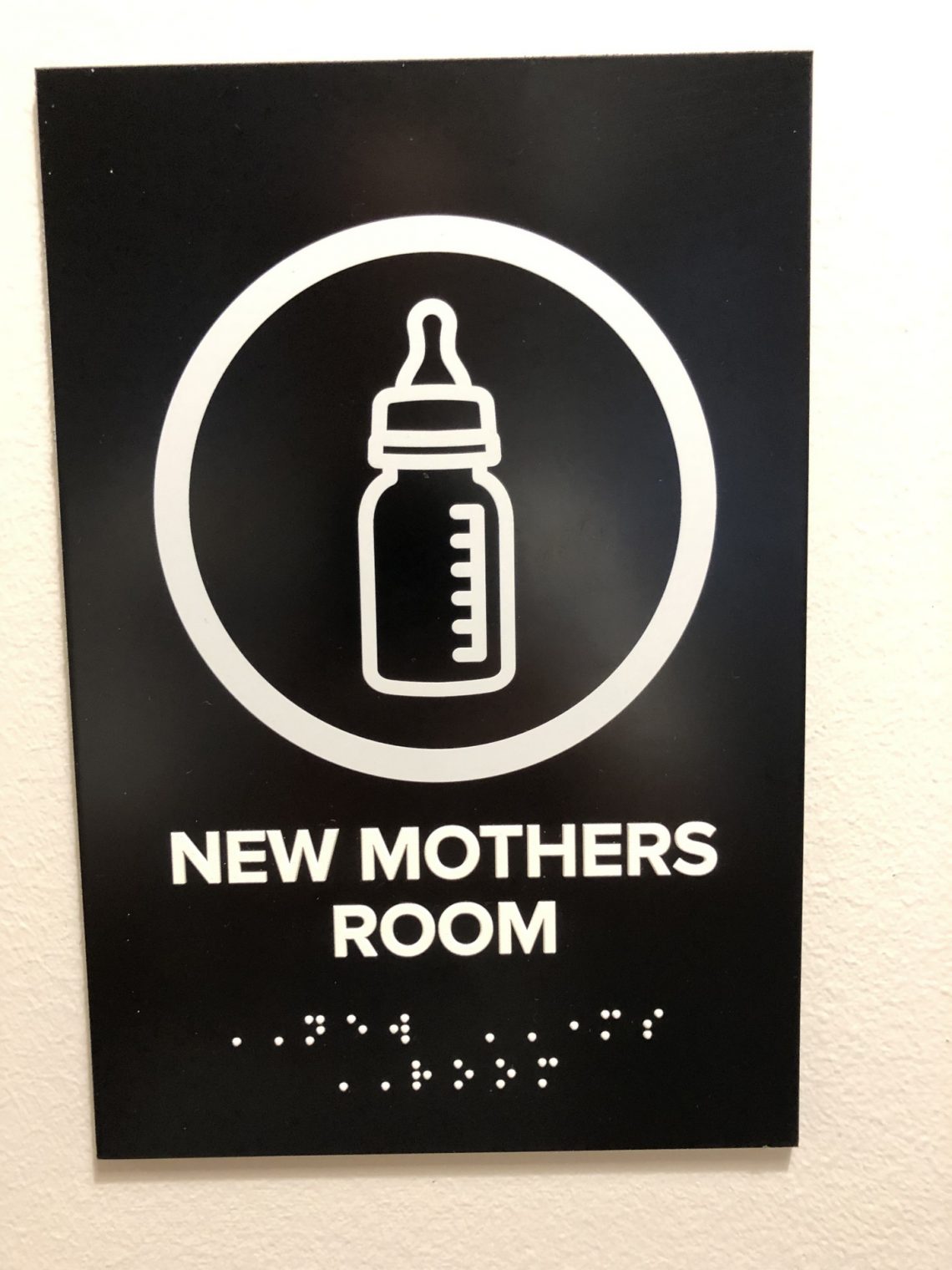One lesson from World War II at Sea: A Global History by Craig Symonds is that a huge expensive ship might be destroyed in a few minutes by a submarine or airplane:
Displacing 71,890 tons when fully loaded, the Shinano was the largest aircraft carrier ever built, a distinction she retained until 1961 when the U.S. Navy commissioned the nuclear-powered Enterprise. … Abe dutifully took the Shinano out of Tokyo harbor one hour after sunset on November 28[, 1944] with a four-destroyer escort. Two and a half hours later, the [U.S. submarine] Archerfish picked her up on radar.
At 3:00 a.m. on November 29, Abe ordered the Shinano and her escorts to turn west, toward the coast. It was the opportunity Enright had been waiting for, and at 3:17 he fired six torpedoes. For an attack on a carrier torpedoes would ordinarily be set to run at a depth of twenty-five to thirty feet, but Enright thought if he hit the big carrier higher up on her hull, it could make her top-heavy and more likely to capsize. He ordered the torpedoes set to run at only ten feet. That decision doomed the Shinano, because the torpedoes struck just above her armored blisters. As the Archerfish submerged, Enright thought he heard six explosions, though in fact only four of his torpedoes hit. It was enough. Tons of seawater rushed into the Shinano’s hull, and almost at once she took on a fifteen-degree list to starboard. With many of the watertight doors not yet installed, the flooding spread quickly. The ship’s list increased to twenty-five degrees, then thirty. Too late, Abe steered for the coast, hoping to run the Shinano aground in shallow water, where she might be recovered and repaired. He didn’t make it, and the Shinano sank just past ten-thirty the next morning. She had been in commission only ten days, and at sea for only sixteen and a half hours.
We have lost some expensive warships to submarines, e.g., the USS Wasp aircraft carrier and the USS Indianapolis cruiser.
After nearly 75 years since we last faced a serious naval adversary, the U.S. has spent $trillions building up and running a Navy full of large and costly warships. These do seem to intimidate Somali pirates (though not so much that they abandon their career?), but might they be vulnerable to an enemy spending only 1/100th of our budget?
What if an enemy were to built a fleet of robot kamikaze submarines? They’d pick up power from the sun when near the surface, be clad in rubber to have a SONAR signature like a whale’s, and have the same size and shape as a whale.
Our advanced systems would pick up these fake whales due to their spinning propellers? It is possible to build a machine that swims like a fish: RoboTuna. Would that make it tougher for SONAR systems to distinguish between an electric fish and a real fish?
Readers: Does it make sense to spend $billions on these Navy ships that could be attacked by robots?
World War II at Sea: A Global History on a guy who was able to predict the future fairly successfully:
Yamamoto was an outlier in other ways. He had spent two tours in the United States and had been profoundly impressed by its industrial strength, reflected by Henry Ford’s automobile assembly plant in Detroit, and the fecundity of the Texas oil fields. War against such an opponent, he concluded, was foolish. Fleet Faction admirals such as Katō did not entirely discount America’s material and economic superiority, but they insisted that the spirit of yamato-damashii could overcome mere wealth and numbers. Like Confederates after Fort Sumter who boasted that one Reb could lick five Yanks, they valued a martial culture over material superiority.
Another area in which Yamamoto defied the reigning philosophy of the Fleet Faction was his skepticism about the preeminence of battleships.
Like every other Japanese naval officer of his generation, Yamamoto had read Mahan’s book at Etajima, and he had initially embraced its tenets. By 1930, however, his natural skepticism led him to reconsider. Prior to his participation in the conference at London, he had been captain of the large aircraft carrier Akagi, and afterward he commanded the First Carrier Division, composed of the smaller carriers Ryūjō and Hōshō. Based in part on that experience, he became convinced that aircraft were poised to make battleships secondary, if not quite irrelevant. In 1934, he told a class of air cadets that battleships were like the expensive artwork that wealthy Japanese families put on display in their living rooms to impress visitors: beautiful, perhaps, but of no practical utility.
Related:
- “China’s Navy Could Soon Have a New Weapon to Kill Navy Submarines” (National Interest, August 2018)
- “Pentagon To Retire USS Truman Early, Shrinking Carrier Fleet To 10” (Breaking Defense): “Amidst rising anxiety over whether the US Navy’s thousand-foot-long flagships could evade Chinese missiles in a future war, the Pentagon has decided to cut the aircraft carrier fleet from 11 today to 10. By retiring the Nimitz-class supercarrier USS Truman at least two decades early, rather than refueling its nuclear reactor core in 2024 as planned, the military would save tens of billions on overhaul and operations costs that it could invest in other priorities.” (the ship cost $4.5 billion when launched in 1996 (took two more years to commission))
Full post, including comments 



